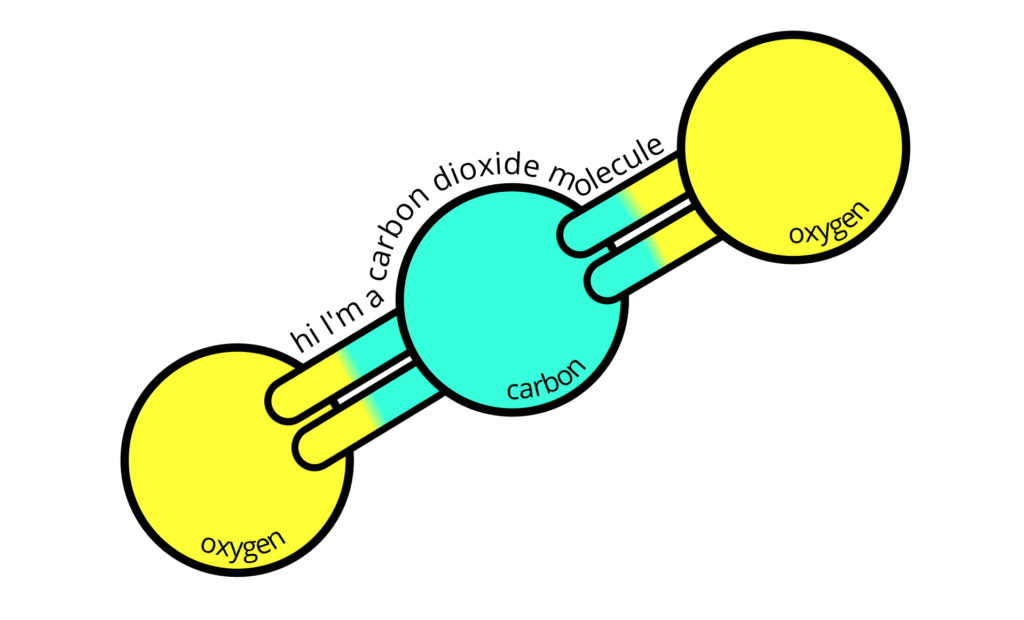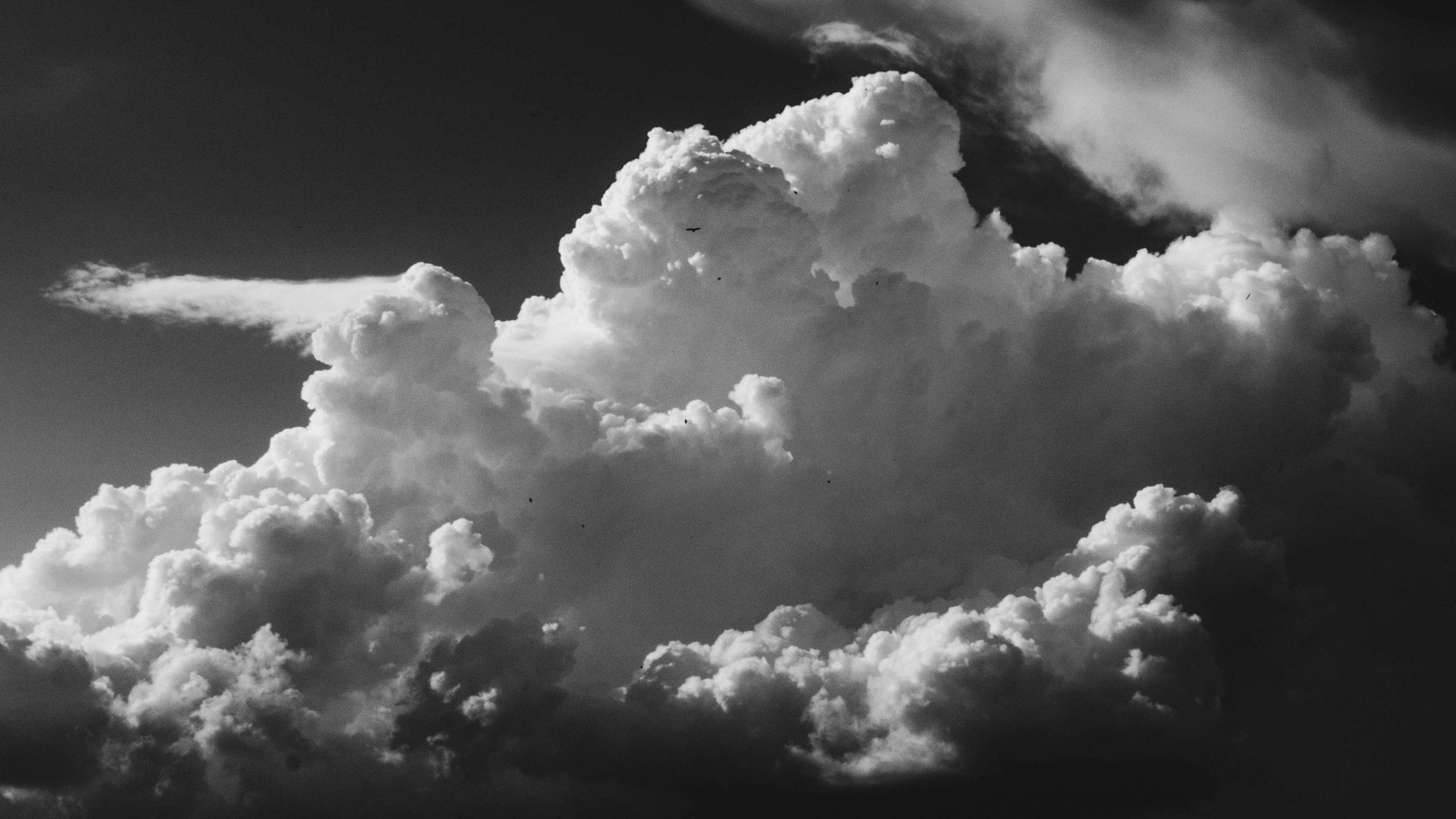Greenhouse gases keep Earth warm enough for things to live on it. Examples of greenhouse gases are water vapour, carbon dioxide, and methane.
Greenhouse gases are types of gases found in Earth’s atmosphere. That is, the blanket of gases that surrounds Earth’s surface. You might hear the words ‘atmosphere’ and ‘air’ used interchangeably, and that’s ok here – air is the mixture of gases that makes up our atmosphere. Greenhouse gases are part of the air, and air makes up the atmosphere.
Scientifically speaking, a greenhouse gas is any gas that can change Earth’s climate through the Greenhouse Effect. I have written about the Greenhouse Effect in more detail here. In summary though, greenhouse gases work by absorbing heat that Earth releases from its surface. This keeps Earth warmer than it otherwise would be.
There are different types of greenhouse gas, but they all work in a similar way. See my Greenhouse Effect post for more detail on that. If you could look very closely at a greenhouse gas, you’d see that it was made of small units called molecules. Each greenhouse gas has its own type of molecules. Here’s my diagram of one molecule of carbon dioxide. If you filled a jar with carbon dioxide gas, it would contain loads of these small molecules, all moving around very quickly inside the jar, like bees.

Are greenhouse gases natural?
Yes and no. The most common greenhouse gas is a familiar one: water vapour. Water is naturally a part of the atmosphere because it evaporates from water sources (rivers, oceans, puddles, etc.) to make water vapour.
Here are some other greenhouse gases, some familiar, others perhaps not:
- carbon dioxide
- methane
- nitrous oxide
- ozone
Small amounts of these gases are natural parts of air. They are released from natural chemical reactions in living and non-living things. There is less of them in the atmosphere than water vapour.
It’s worth mentioning that greenhouse gases make up only a small fraction of the gases in Earth’s atmosphere. Most of it is made of two other gases: nitrogen and oxygen. Despite this, and because of the Greenhouse Effect, the greenhouse gases are fully responsible for keeping Earth’s average temperature above freezing. Without them, the temperature on Earth would be around –18°C. Greenhouse gases are small but powerful!
You probably already know that human activities are adding more greenhouse gases to the atmosphere than would naturally be there. This is particularly the case for carbon dioxide and methane.
Human activities also add gases known as CFCs and HFCs, which are not natural parts of air. They’re synthetic chemicals which humans first made in the late 1800s. CFCs were used a lot in the 1900s because they were very useful as refrigerant gases (e.g. in fridges and freezers), and in solvents and aerosols. Unfortunately – as you may already know – they cause damage to Earth’s ozone layer and we don’t use them very much anymore. They were replaced by another class of gases, known as HFCs, which are still widely used today. Both CFCs and HFCs are strong greenhouse gases.
Are all greenhouse gases equal?
No, some are stronger than others, and some stay around for longer than others. Strong greenhouse gases trap more heat than weaker ones whilst they’re in the atmosphere. For example, methane is a stronger greenhouse gas than carbon dioxide. It traps about 84 times more heat than the same amount of carbon dioxide over a 20 year period [ref, p714].
Some greenhouse gases only stay in the atmosphere for a few days, whilst others stick around for thousands of years. Water stays for about 8 to 10 days before falling as rain, snow, or some other type of wet. Eventually it evaporates again to re-join the air. Methane stays in the atmosphere for about a decade, although note that it breaks down to make carbon dioxide and water [ref, p674]. Carbon dioxide hangs around for longer: some of it for a few decades, some of it for several thousand years [ref, p25].
You can probably work out that the effect of greenhouse gas will be a balance between how strong it is, how long it lasts and how much of it there is.
How are greenhouse gases related to climate change?
Greenhouse gases are usually mentioned in the context of climate change. That’s because changing the balance of greenhouse gases in the atmosphere will change the strength of the Greenhouse Effect.
More greenhouse gases mean a stronger Greenhouse Effect: more energy is trapped and Earth warms up. This is sometimes referred to as the enhanced Greenhouse Effect, or the anthropogenic Greenhouse Effect if you’re being fancy.

